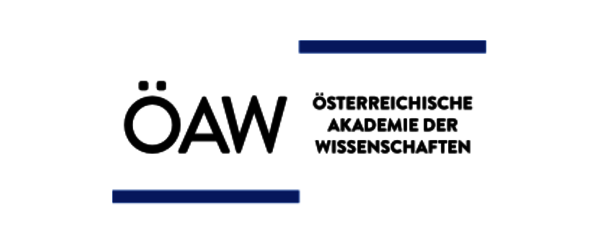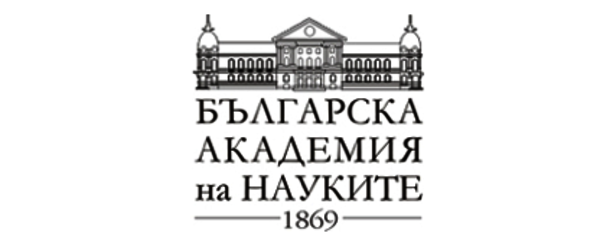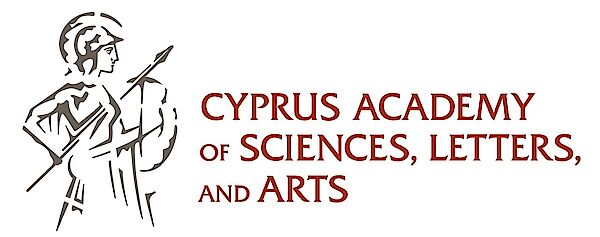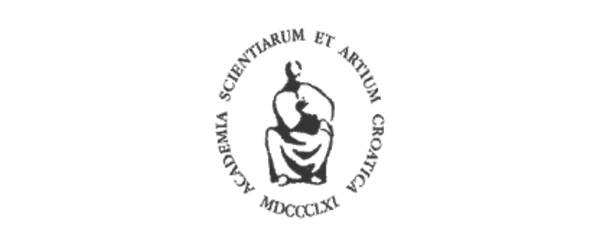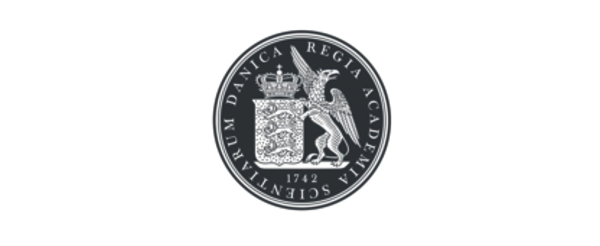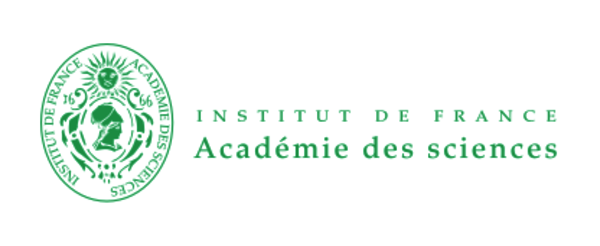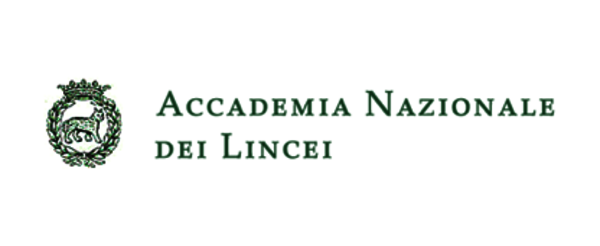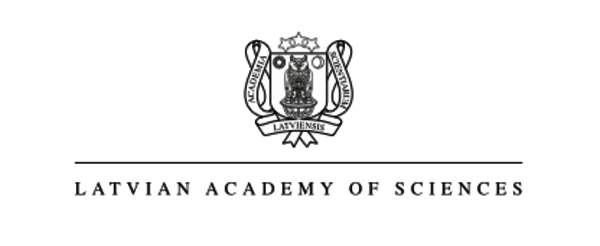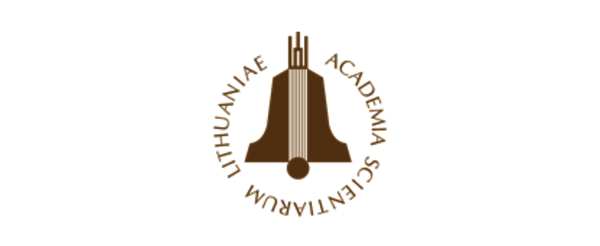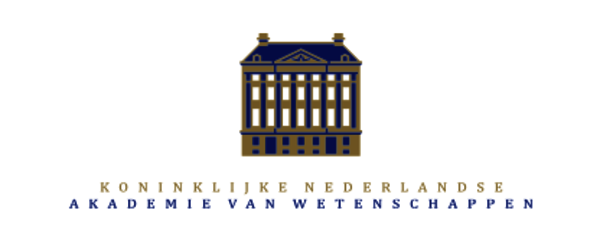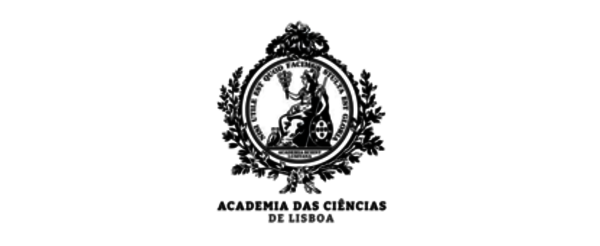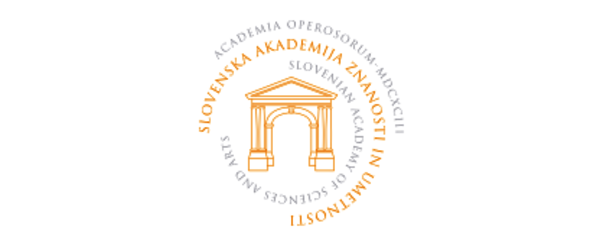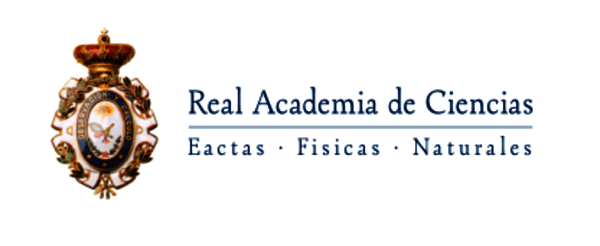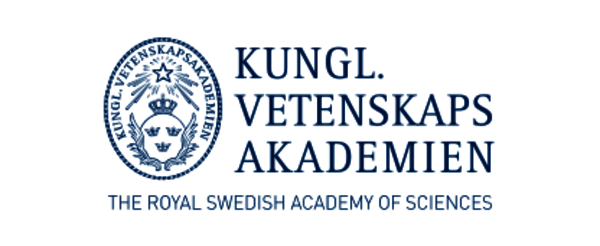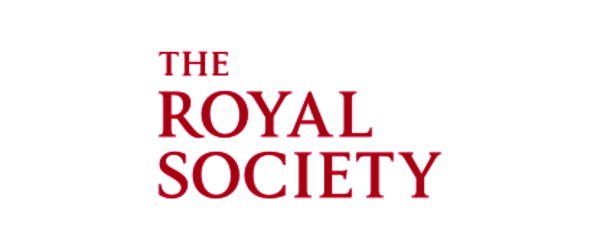Publications
Circular Economy: European national academies of science urge European commission to address it in international trade negotiations
In response to this, EASAC (the European Academies’ Science Advisory Council) set up a Working Group of scientists and economists to provide inputs from the natural and social sciences to the debate on the principles and objectives of the European Commission’s policy.
EASAC published its commentary in November 2015 and finds much agreement with the European Commission’s package “Closing the loop - an EU action plan for the Circular Economy” (see notes for editors below). However, EASAC also sees some areas where the Commission’s proposals need refinement to strengthen the move towards the circular economy in the medium to long term. In particular, there are two major principles which should be given greater emphasis.
Firstly, recent studies point to potential benefits including improved competitiveness, reducing raw materials and energy dependency, improved security of supply, reducing greenhouse gas (GHG) emissions, employment opportunities, reducing environmental impact of resource extraction and waste disposal, and opportunities for new businesses. EASAC agrees that - if implemented carefully - such qualitative benefits may result. However, beneficial effects on competitiveness may be vulnerable if the circular economy is applied only within the European Union. Policy cannot be developed in isolation of the international situation, including the extent to which measures are consistent with existing trade rules (WTO) and new trade agreements currently under negotiation. Given the importance of TTIP negotiations for example, the circular economy concept must be addressed internationally so that circular economy principles which stimulate innovation within the EU are recognised and supported in other trade negotiations. While the UN Sustainable Development Goals are mentioned in the Commission’s proposals, these should not be the only global context for discussing it.
Secondly, EASAC points out that the persistence of the linear economy is essentially a market failure because current pricing systems do not integrate social and environmental costs. In a transition to a circular economy, these external costs will need to be introduced at a faster pace and the Commission should strengthen research into the quantification of environmental and social externalities and their incorporation into the pricing system. Until this failure is remedied, rules and regulatory instruments will need to be carefully designed to respond to rapid changes in technology and its effects on product life cycles. The Commission must also pay close attention to consumers and businesses, since more focus on product longevity may face resistance not just from consumers, but also from stakeholders associated with globalised production, trade, media and advertising and committed to the linear model.
“Globally, our environmental footprint is unsustainable. The circular economy may or may not be the answer to all our global woes, but it could be a powerful tool for reducing the adverse interactions between the economy, the environment and its natural resources and to safeguard the well-being of future generations. However, there are significant obstacles and some potential pitfalls which in our view need more attention - especially to ensure international agreements do not undermine Europe’s leadership on this issue.” notes Dr. Michael Norton, Environment Programme Director, EASAC.
Notes for Editors
The EASAC “Commentary on the ‘Circular Economy’” is available at www.easac.eu and includes a detailed discussion from natural and social science perspectives of the underlying issues. The note below points to aspects of the Commission’s proposals which coincide with EASAC’s view and areas where EASAC believes further consideration is necessary[1].
- EASAC shares the Commission’s view of the potential benefits of increased circularity and the positive linkages between the circular economy and other EU priorities (EC 2:2; EASAC 5:8).
- EASAC shares the view that the priority should be to give clear signals to economic operators and societies at large (EC 2:3). As the Commission notes, price is a key factor affecting purchasing decisions (EC 6:4), but EASAC’s commentary sees a high priority in developing the capability to objectively factor in external social and environmental costs, and that accurate pricing is the key to the most efficient and long-term transition from linear to circular economy (EASAC7:5-6). EASAC thus urges the Commission to support the development of mechanisms for determining and incorporating such externalities into pricing of resources.
- EASAC advised some caution on proceeding for a circular economy just within the EU and notes that the Commission has recognised the importance of implementation globally (EC 3:2). The Sustainable Development Goals are an important mechanism for such global extensions but EASAC also considers the Commission should also seek to ensure that circular economy principles which stimulate innovation within the EU are recognised and supported in other trade negotiations (EASAC 9:5).
- EASAC shares the Commissions focus on the importance of ecodesign and incorporating issues such as repairability, durability, upgradability, recyclability and material identification as specified in the Commission’s proposals (EC 4:1; EASAC 11:1).
- EASAC advocated a flexible approach to recognise the high rate of innovation and change in products and their supply chain so the Commission’s recognition of the importance of innovation cycles is appropriate (EASAC 10:2; EC 4:1).
- The recognition of the importance of appropriate skills in the workforce (EC 19:4) also coincides with the emphasis placed by EASAC on the substantial shifts in education and training at all level required to provide the human resources needed for a circular economy (EASAC 6:3).
- EASAC also focus on the importance of indicators and statistics and thus shares the Commission’s emphasis on the importance of proper calculation of recycling amounts (EC 9:4) and recognition of the importance of having a set of reliable indicators (EC 20:5; EASAC 9:6-8).
- EASAC specifically mentioned the importance of defining when waste becomes secondary raw material and thus endorses the Commission’s recognition of this (EASAC 11:7; EC 11:4).
- On priorities, the Commission comments on critical raw materials and expresses the intention to prepare a report on critical materials in the circular economy (EC 16:3). The EASAC commentary showed how anticipated scarcities in several key elements can be delayed substantially by improved recycling, and pointed to various factors which should be considered in prioritising recycling targets for specific elements (EASAC 6:4-7:2).
- Finally, the EASAC report identified a number of data inadequacies on the economic aspects of a circular economy including the economic models used to estimate benefits, and the quantification of environmental and social externalities and their incorporation into the pricing system (EASAC 6:1; 7:5). In parallel with the implementation of current circular economy measures, EASAC would welcome the inclusion of such issues in the Commission’s plans for more research (e.g. in the Horizon 2020 “industry 2020 in the circular economy” package), with the intention of informing future improvements in circular economy policy.
Press contact
Dr Mike Norton,
EASAC Environment Programme Director
Ph: +44-1763-853130
Michael.Norton@easac.eu
Ms Sofie Vanthournout, Head of EASAC Brussels Office
Ph: +32 2 550 23 32
Mob: +32 479 53 89 10
Sofie.Vanthournout@easac.eu
The full EASAC statement on "Circular Economy" is available here.
back to overview
